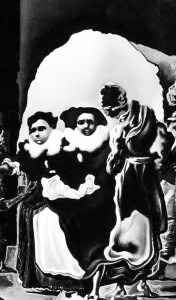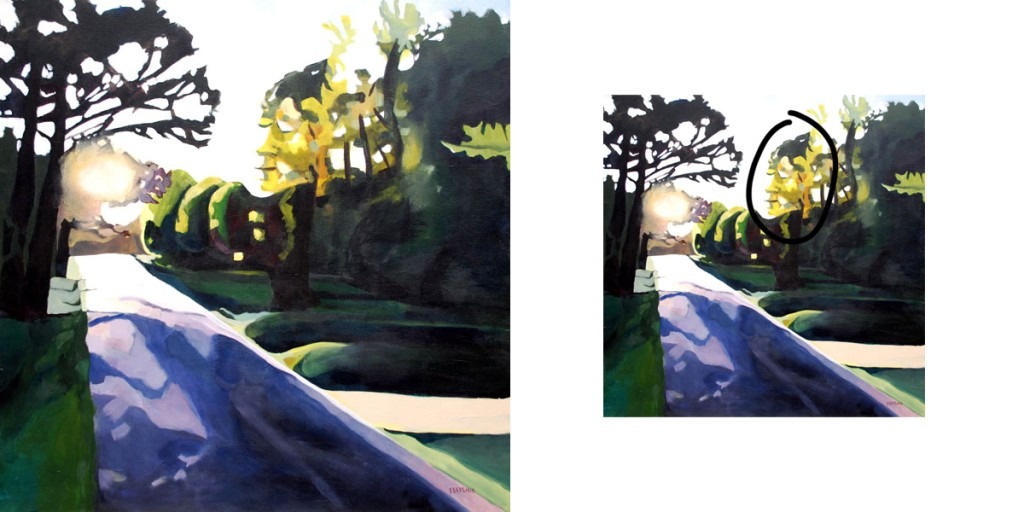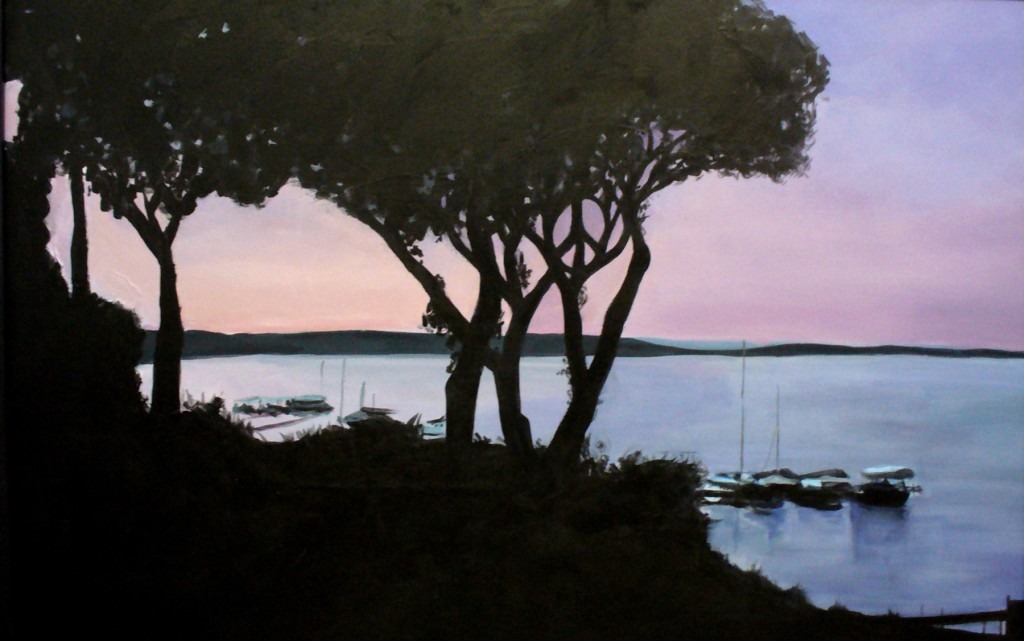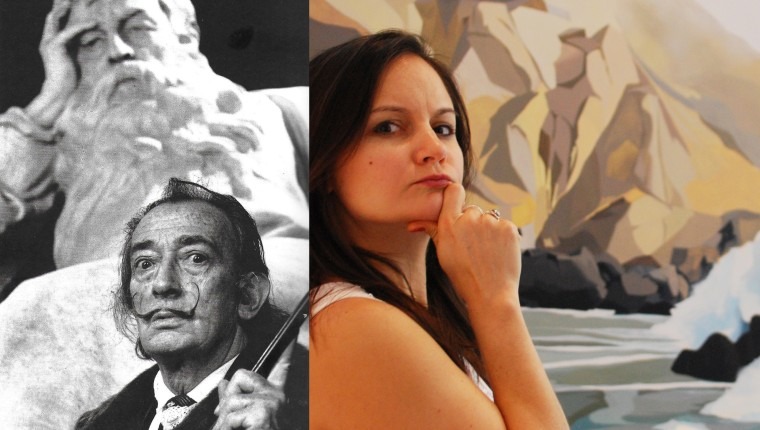Many people are familiar with Salvador Dali’s paintings, especially if you live in the Tampa Bay area. The beautiful Dali Museum gives us the opportunity to revisit his original works in person and to contemplate how his art relates to other notable artists. But even before I saw Dali’s paintings in person, I was greatly influenced by his work, especially the paintings which contain a “double-image.”
Dali had a keen interest in the developing psychology and physics of his time, led by Sigmund Freud and Werner Heisenberg, respectively, and his “double-images” were a way for him to express those ideas. Dali was an explorer on the frontier of human thought, the unconscious mind, and how one’s perception of reality is affected by both.
Below is Dali’s painting, “Slave Market with the Disappearing Bust of Voltaire.” It is a great example of his use of the double-image. At first glance, the painting appears to show a group of people standing inside an arched, stone structure. But take a second look and notice how the shapes of the people combine to resemble a bust of Voltaire:


There is a shift that happens in the mind in order to see the two different images. The process of shifting between those perceptions is one of confusion. Dali named this process the “paranoiac critical method.” And, it relates to quantum physics because science has determined that the act of observing can affect the reality that is observed. Without going too far down the rabbit hole, I will just say that this psychological threshold which Dali sought to explore and share, has greatly influenced my own work, so much so that in some of my early paintings, I experimented with hidden images as well. Shown here is my painting, “The Face of Morning,” in which I inserted a calm, resting face within the sunlit tree. Further down you will see my painting called “Peaceful Branches,” which contains a peace sign hidden among the limbs of the tree. Both paintings were made circa 2005.


I no longer “hide” images in my work, and in my next post I will delve into how I developed a style that allows me to unintentionally create those hidden images waiting to be discovered.





